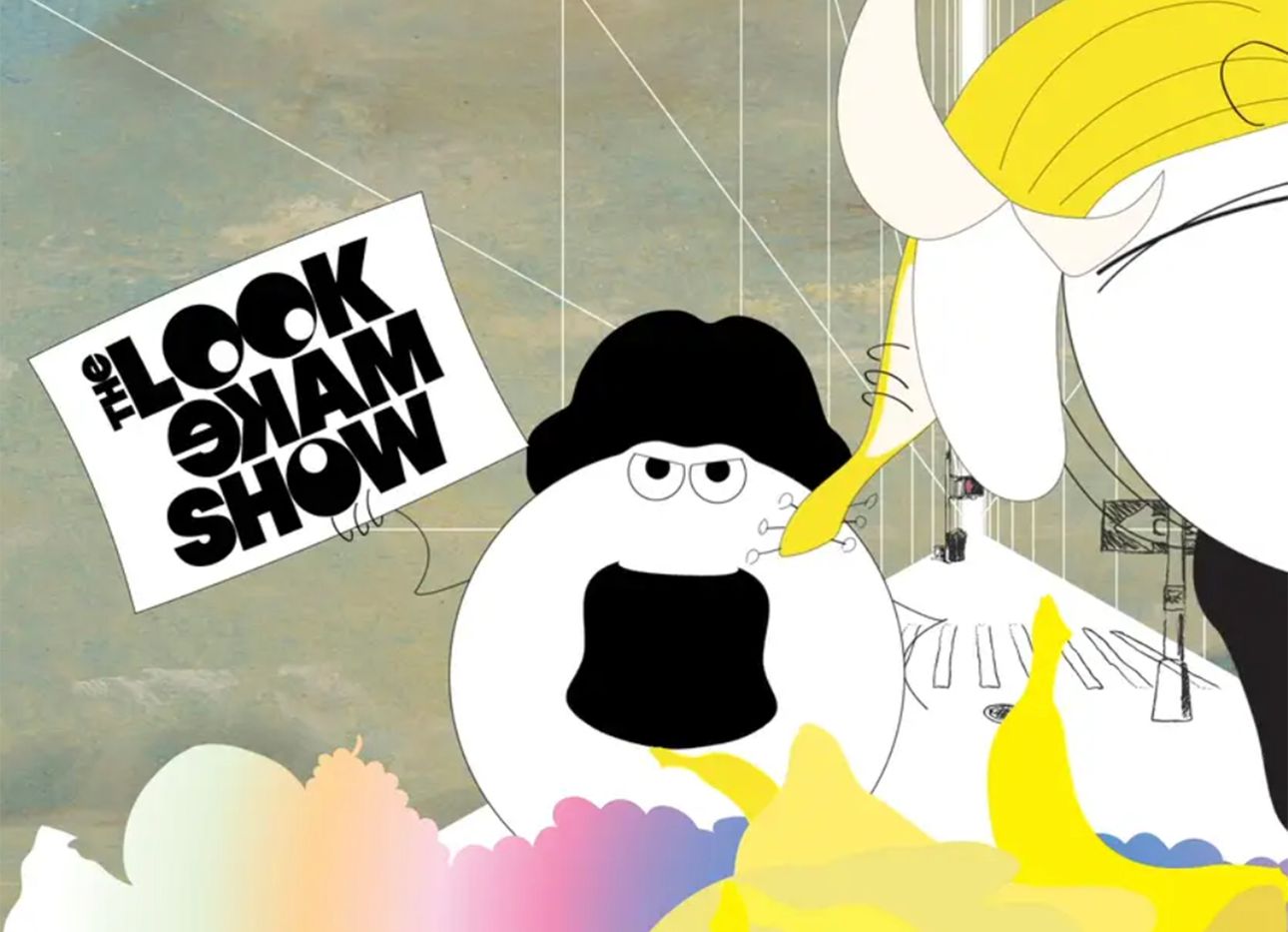
A New Cartoon Uses Art to Teach Kids How to Confront Life’s Challenges
Arts education opportunities faded fast for kids in the learn-from-home fog of Covid-19. That’s where The Look Make Show, a new TV program by New York City’s Children’s Museum of the Arts, hopes to come in. The cartoon, of which the creators are raising funds to make future episodes via a Kickstarter campaign through May 14, focuses on Rod and Coney, two rotund, charismatic artists who refuse to let the pandemic get in the way of sharing their work with the world. “We’ve been stuck inside, rotting our brains with television,” Rod says on the pilot, which you can watch on the museum’s Kickstarter. “But that’s when it hit us: What if we made a TV show about making art, so all our friends can see the art we’re making, and we can see all the art that they make?”
The pair decides to pitch their idea to area producers, demonstrating the series’ smart approach to teaching in the process: a conversation with an executive about her bologna sandwich becomes a color exercise based on artist Josef Albers’s 1963 book Interaction of Color; a future-tripping Coney imagines a “Rodument”—a monument built by a power-hungry Rod—then envisions an abstract community-built sculpture garden that reflects their ever-evolving values. Future episodes will tackle topics such as cultural appropriation, coping with anxiety, and how people with different ideas can work together to inspire change.
Positioning art as a way of learning how to be a part of the world was important to Seth Cameron, the museum’s executive director and creator of the show. “It’s my priority to make sure we’re giving kids the tools to think about how they can live their lives creatively,” Cameron says, noting that TV programs, not visits to museums, often provide a child’s first experience with art. Once funding for the cartoon is secured, kids will be able to respond to themes explored in the show through museum programs such as after-school classes and summer camps. Given that youngsters as far away as Israel and London have tuned in to the institution’s digital programming over the past year, Cameron sees the program as an urgent project that teaches the young viewers valuable lessons about confronting life’s challenges. “We’re thinking about a much larger audience,” Cameron says, “and making something we can share with the world.”